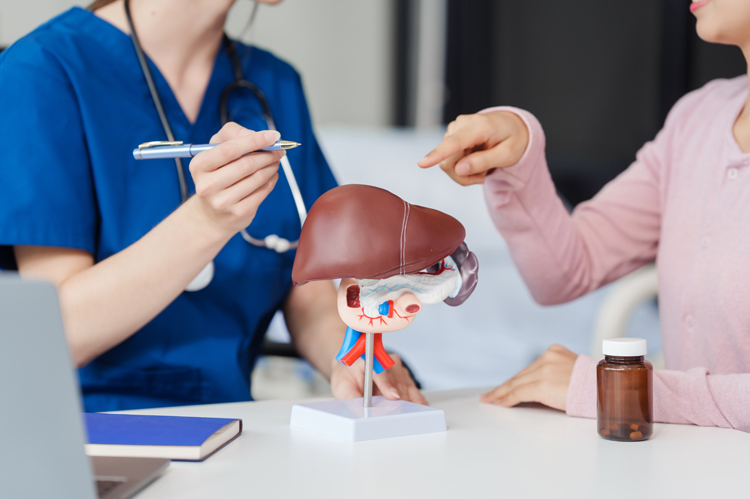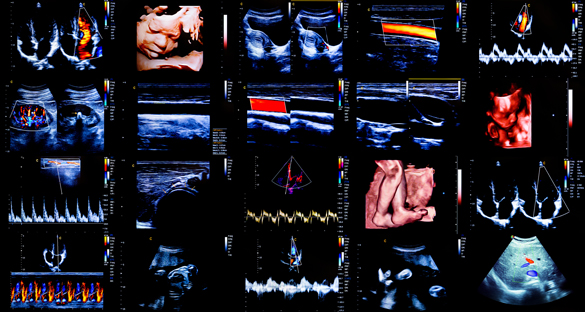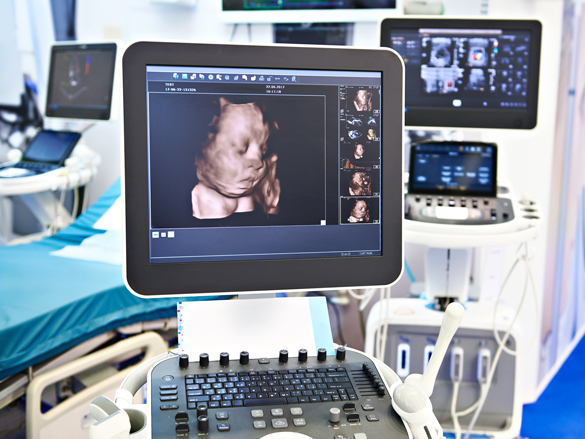Technical & Physical Requirements
- Vision:
- Ability to see clearly at close proximity, at a distance, and in dim lighting.
- Distinguish colors, subtle grayscale differences, and adjust focus as needed.
- Utilize hand-eye coordination to operate equipment and monitor patients simultaneously.
- Strength:
- Transport patients and move heavy ultrasound equipment.
- Lift or exert force up to 50 pounds.
- Stamina:
- Maintain physical and mental stamina during long shifts.
- Stand or walk for extended periods (50-80% of the day).
- Perform CPR, stoop, bend, and move quickly in emergencies.
- Reach overhead and maintain non-neutral body positions.
- Repetition and Fine Motor Movements:
- Tolerate repetitive use of hands, arms, and shoulders.
- Maintain steady hand positions for precise imaging.
- Auditory:
- Detect auditory signals from the ultrasound machine.
- Distinguish differences in Doppler signals.
- Ergonomics:
- Implement injury-preventative practices and maintain safe body mechanics.
- Touch:
- Palpate areas of concern, adjust patient positioning, and safely transfer patients between stretcher, wheelchairs and beds, as needed.
Effective communication is essential for patient care, collaboration, and accurate documentation. Students must:
- Listen and comprehend spoken and written English.
- Communicate clearly in English with patients and healthcare professionals, even in challenging environments (e.g., dark rooms, noisy settings).
- Demonstrate sensitivity to diverse backgrounds.
- Write preliminary reports and patient records using proper grammar and medical terminology.
- Recognize and respond to emergent situations.
- Practice active listening and adapt communication styles to match patient needs.
Critical for interpreting data, making decisions, and adapting to clinical situations. Students must:
- Analyze complex scenarios and troubleshoot technical issues.
- Recognize patterns and integrate findings with clinical information.
- Adapt protocols based on patient history and symptoms.
- Prioritize tasks and manage workload effectively.
- Maintain ethical guidelines and adapt to technological advancements.
Essential for accurate diagnostics and patient care. Students must:
- Objectively analyze information and respond to constructive feedback.
- Evaluate patient history and formulate appropriate protocols.
- Interpret sonographic images to recognize normal anatomy, variations, and pathologies.
- Identify technical challenges and optimize imaging quality.
- Integrate sonographic findings with other diagnostic tools.
Vital for effective teamwork and patient care. Students must:
- Maintain a professional appearance and punctuality.
- Provide compassionate, patient-centered care.
- Uphold patient confidentiality and privacy (HIPAA compliance).
- Collaborate effectively and resolve conflicts professionally.
- Commit to ongoing professional development and quality improvement initiatives.
Ensures trust and professionalism. Students must:
- Respect patient rights and dignity.
- Obtain informed consent before procedures.
- Minimize harm and advocate for patient interests.
- Adhere to the Code of Ethics for the Profession of Diagnostic Medical Sonography (SDMS).
- Students may be exposed to infectious diseases and ionizing radiation (requiring the use of protective gear, such as lead aprons).
- Compliance with immunization and background check requirements is mandatory before registration.

 My Canyons
My Canyons  Canvas
Canvas 


